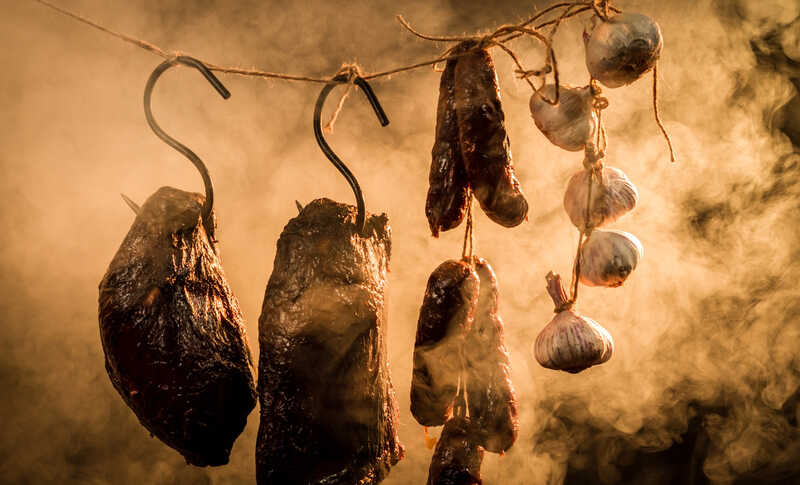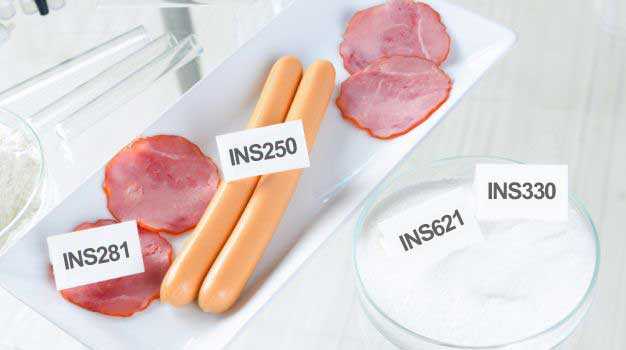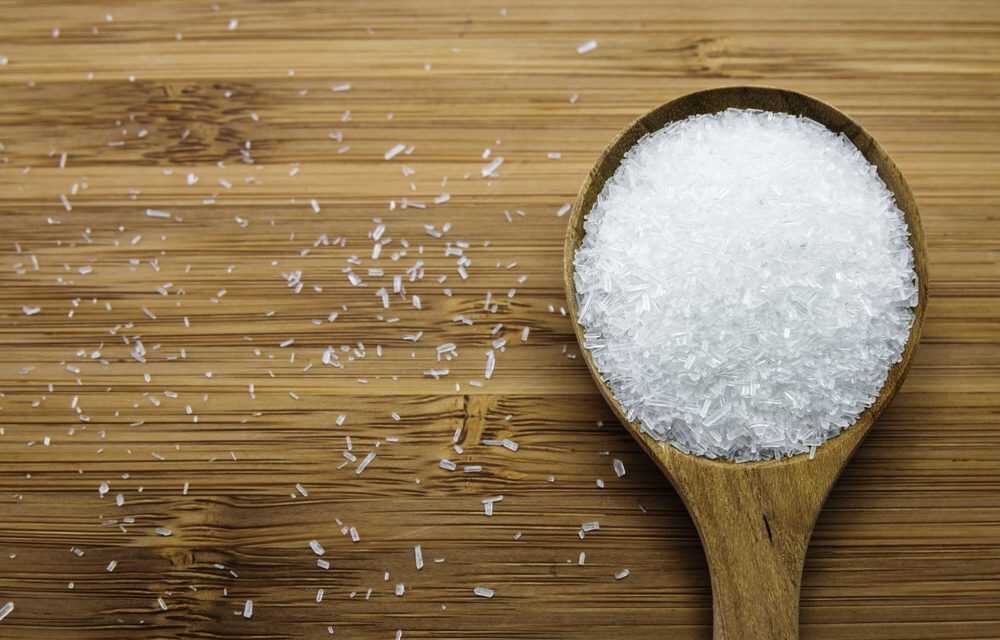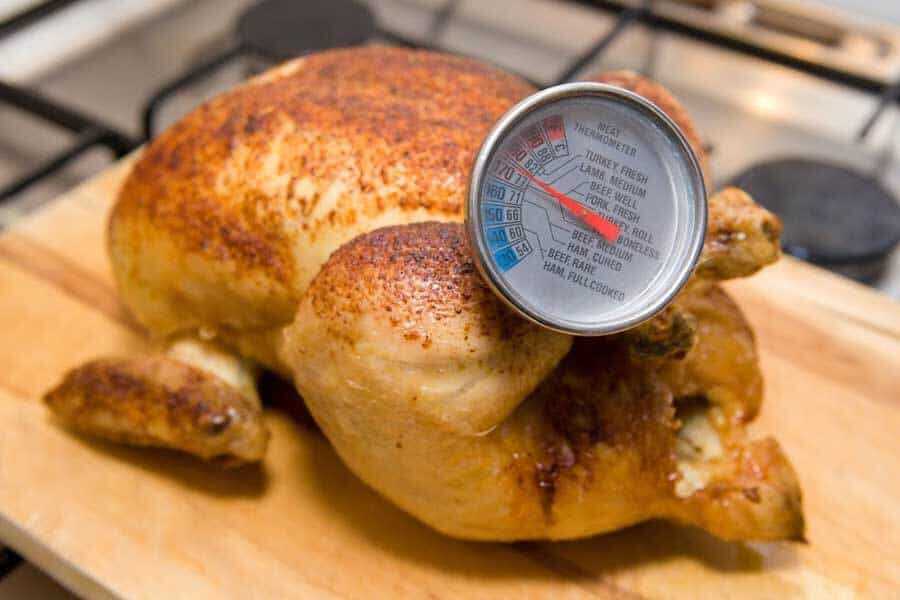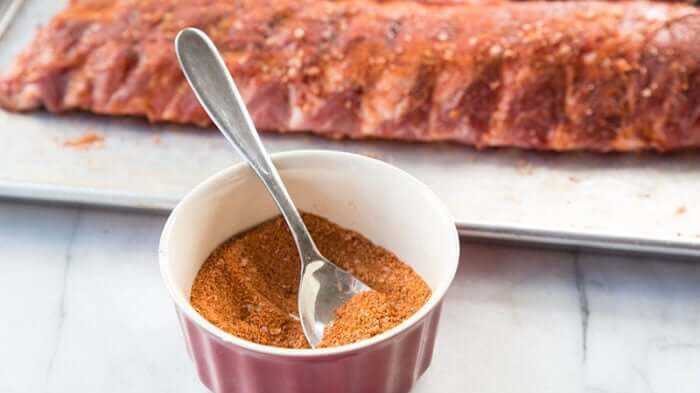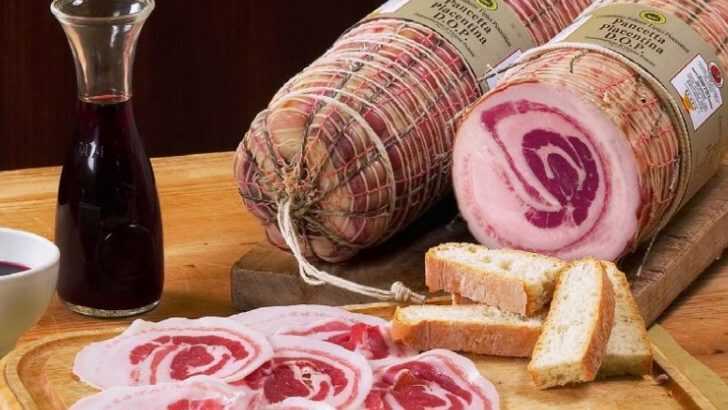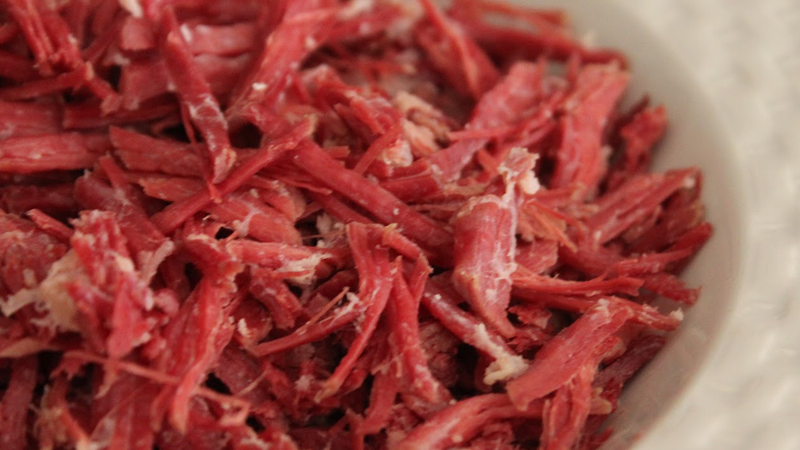
Meat is a food item that spoils easily if it is not kept at temperatures close to 0 ° C. Therefore, in hot, subtropical and tropical countries, there is a strong habit of consuming fresh meat. However, in places with little infrastructure and during periods of slaughter (seasonal variations, periods of drought), all available meat cannot be consumed fresh and much of it is consequently lost. The cheapest and easiest process for preserving meat is drying with or without salt and sometimes combined with smoking.
Continue reading Como fazer Charque e Carne de Sol
